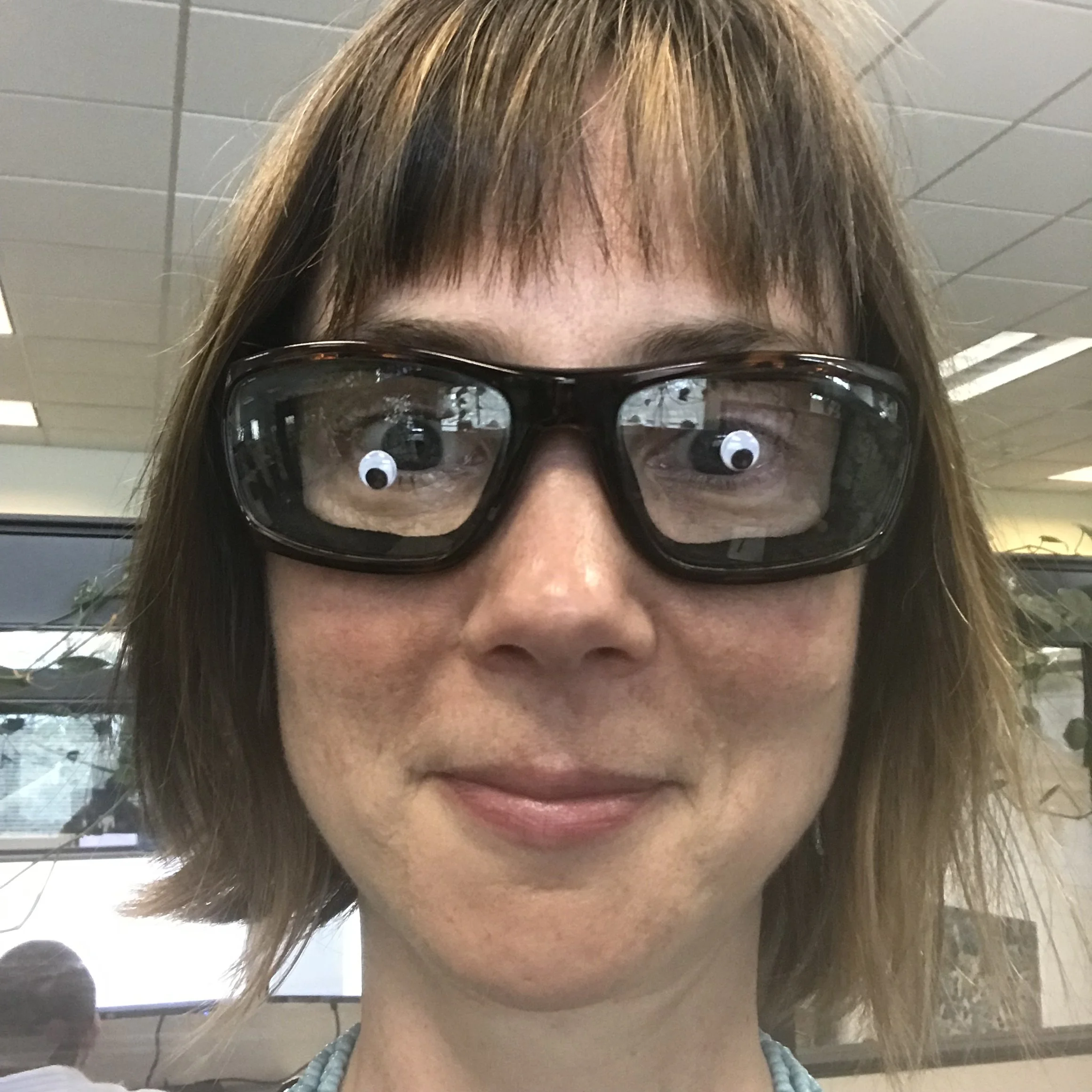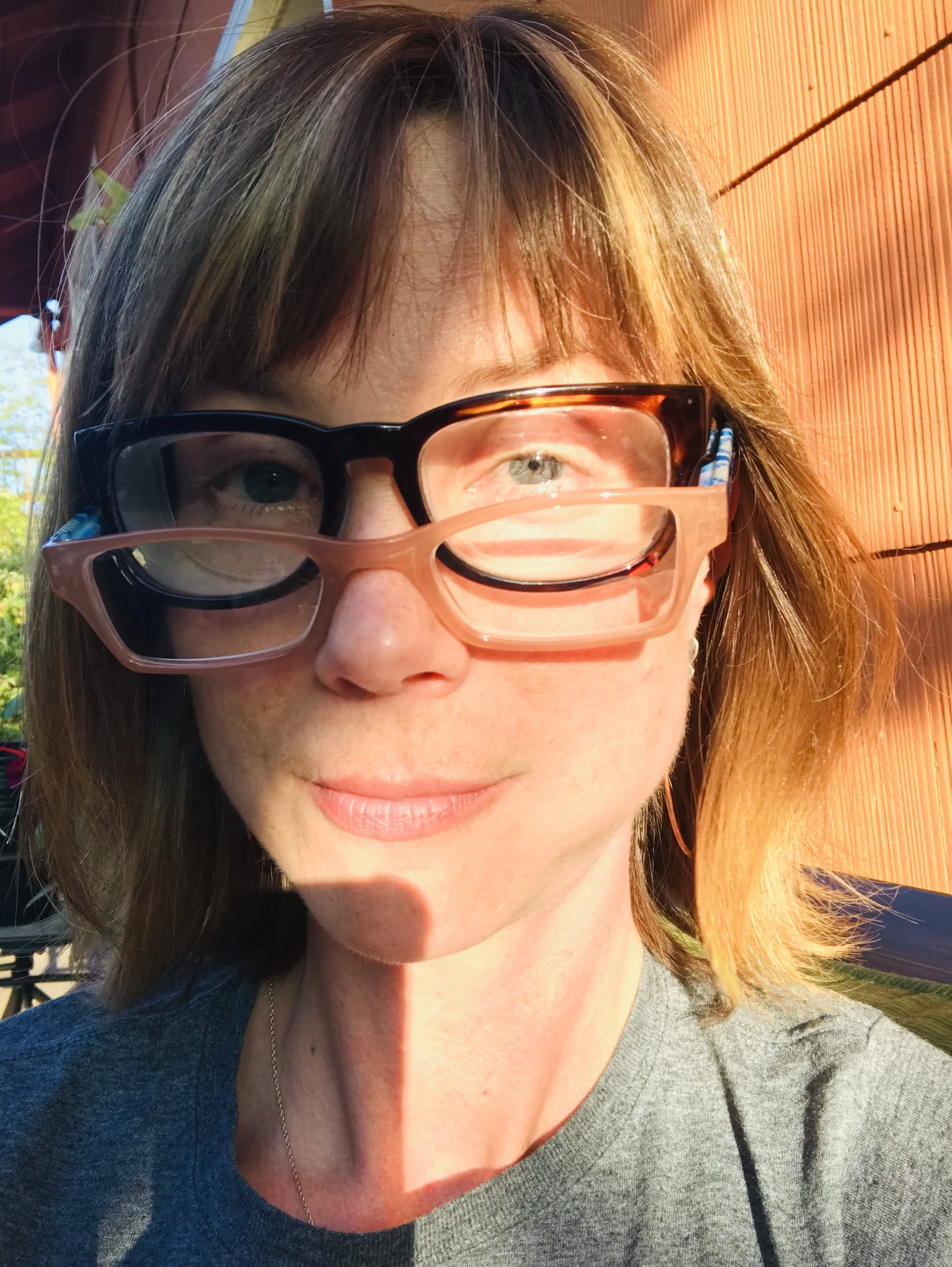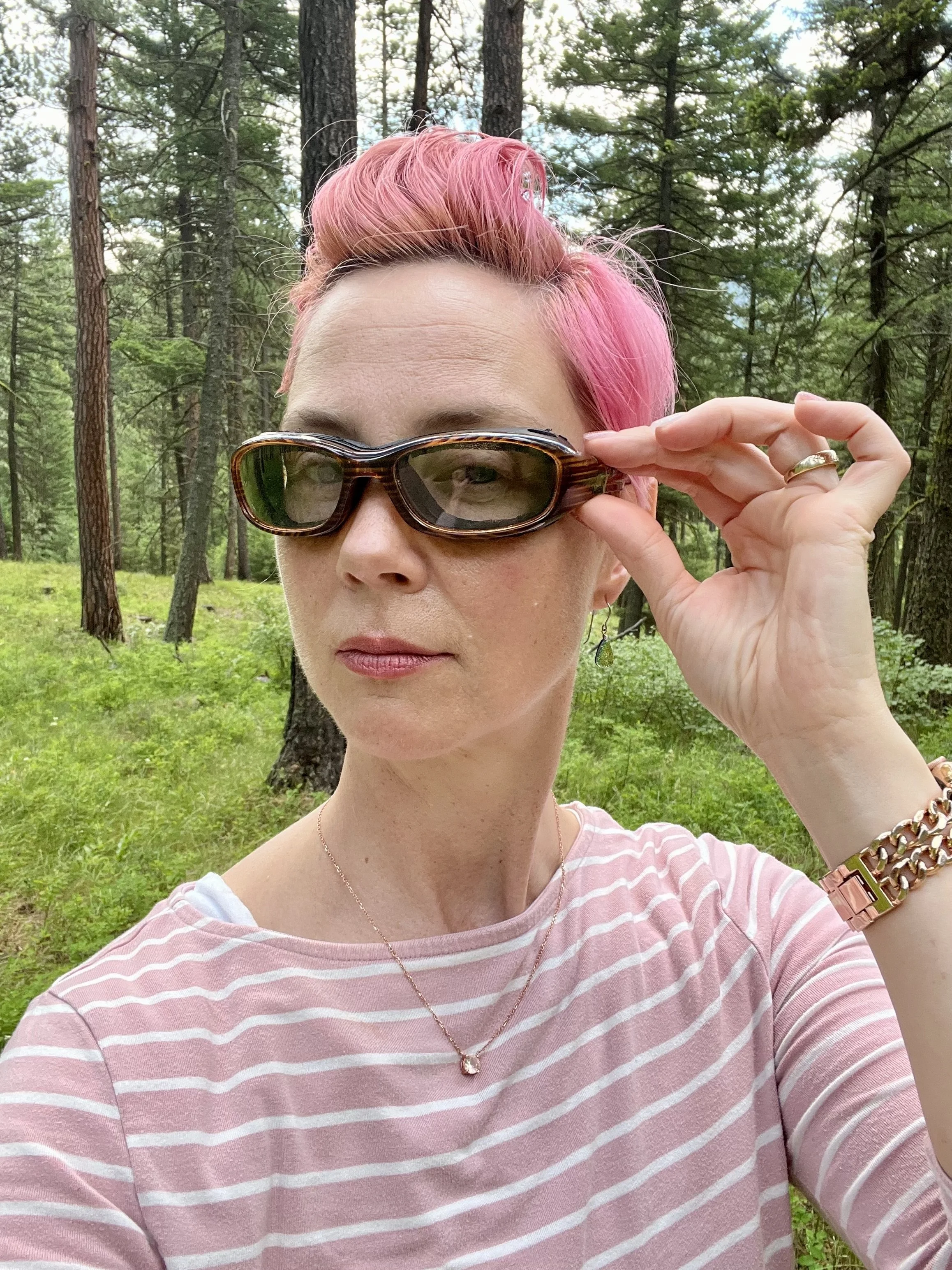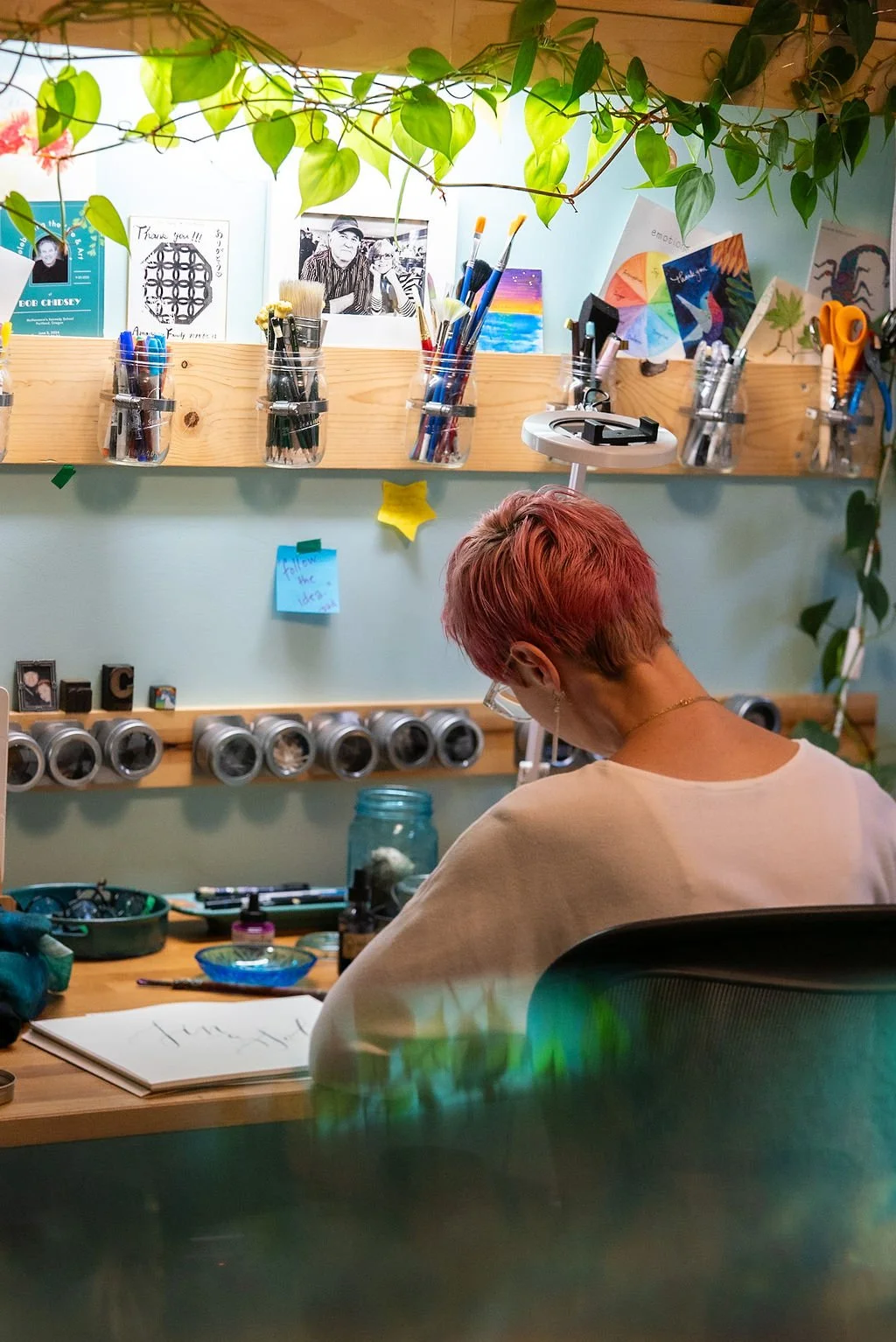Watching Paint, Dry.
I am a visual artist and watercolor painter with Dry Eye Disease. Ironic? You bet.
I wake up in the morning with ideas flooding my brain. This morning, while it was not yet dawn, I lay awake in bed, cataloging ideas. Topics for a blog post, a series of paintings, a project for my upcoming art workshop students. I did not write them down, nor did I jot them in a sketchbook. I did not carry them to my studio, to work on them in my PJ’s in the wee hours of the morning with a hot coffee. I wish.
Why not?
Because I have severe Dry Eye Disease, and early mornings are typically fraught with burning eye pain until I start my eye treatment routine and put in my medical contact lenses.
I wasn’t always this way. In fact, for most of my adult life, I have been a go-go-go person who was very active. That all changed in 2017 when I had refractive surgery to correct my vision (LASIK, in my case).
The details of how I went from severe pain to functioning well with a good treatment plan is detailed here on Our Dry Eye Stories. I even testified for a US Congressional briefing in 2024 about my experience with the disease (YouTube recording here, minute 46).
The part of the story I didn’t tell, however, is why this turn of events inspired me to study art.
Two hours a day
After I had eye surgery, I had precious little time to use my eyes before the searing pain began each day. Through pain management class, I learned the concept of pacing. This meant tracking how long I could use my eyes before my pain reached a level that was intolerable. Sometimes, that length of time was five minutes.
After five minutes (using a timer), I would have to take a break and rest my eyes, closed. This on-again off-again work pattern was incredibly hard on my job, my colleagues, my partner, my family, not to mention my own mental health.
Eventually, I found various treatments and tools that could extend that time to 15 minutes, 30 minutes, an hour. While these improvements were exciting, they were also an awful reminder of what I was capable of before. Before the surgery, before I was a person with chronic pain, the before-me.
At this point, I had a realization; if I only had two hours per day of “good eye time” as I called it, why would I spend them on my computer at work? At a job that felt aligned with my values, but which was draining me mentally, emotionally, and now physically?
So… many… goggles. I had LASIK so I wouldn’t have to wear glasses. Now I ironically wear both contact lenses AND glasses.
An epiphany while waiting for a train
I had to take time off work to focus on my health. This three months of unpaid leave was the first time I had ever taken time off work for something other than a vacation since I began working full-time after college.
During this leave of absence, I took an art class at my local community college. It was a watercolor class, and it met at the senior center. (Read more about that experience here.) I was immediately enamored with watercolor. The way time seemed to slow down while I painted, the way the paint and water flowed on the page in unpredictable ways. I wanted more.
On the day I went back to work after my leave of absence, I waited for the commuter train like I had hundreds of mornings before. This time, however, it felt hollow and sickening. The idea of going back to my office, with its gray fabric walls, made me feel physically ill.
While I waited for that train, I inexplicably got out my phone and searched for “art school, Portland.” One of the top hits was Pacific Northwest College of Art (PNCA), here in Portland. Specifically, their Community Education program. I quickly navigated to the page with information about how to apply for a professional certificate in painting, illustration, and drawing. As the train pulled into the station, I already knew what I would do next.
I was going to apply to art school.
My student ID for PNCA, taken in December, 2019. Note how well I am rocking my dry-eye goggles by 7eye.
Accepting this part of who I am
Working in my studio. I keep vials of eye drops handy in the storage containers at arm’s reach, next to my art supplies.
The story of how starting art school in my mid-40’s changed me is another story (read it here). But I can say with all honesty that the time restriction on using my eyes did force me to make a decision about what was really important to me.
I also know, that the ability to make this choice for myself involves privilege, access, and financial support that not everyone has.
This experience has given me a unique insight into the barriers to expressing our innate creativity. As one of my favorite authors and podcast hosts, Kate Bowler, says, “There is no cure for being human.” So true.
I am finally sharing this story here because it’s part of who I am. Just as your story is part of who you are. I am more than my Dry Eye Disease, the chronic pain I experience, the routines that allow me to function and enjoy life.
Now, through my coaching practice, I enjoy helping other creatives find their own way through the barriers life throws at us.
Want to take your creative idea to the next level?
I am here for you.
As your creative project planning coach, I will help you structure your creative project to ensure that you can finish it and give it to the world.
Resources
If you are struggling with dry eye, you are not alone. Check out these resources.
Dry Eye Foundation (advocating on behalf of patients)
Dry Eye Shop (for supplies to manage Dry Eye Disease)
OHSU Casey Eye Institute (for folks in Oregon/SW Washington)
7Eye by Panoptx for goggles that look like regular glasses
EyeDropSafety.org - find out if your eyedrops are safe or recalled.
Scleral Lens Education Society for info about medical contact lenses
Never miss a post.







